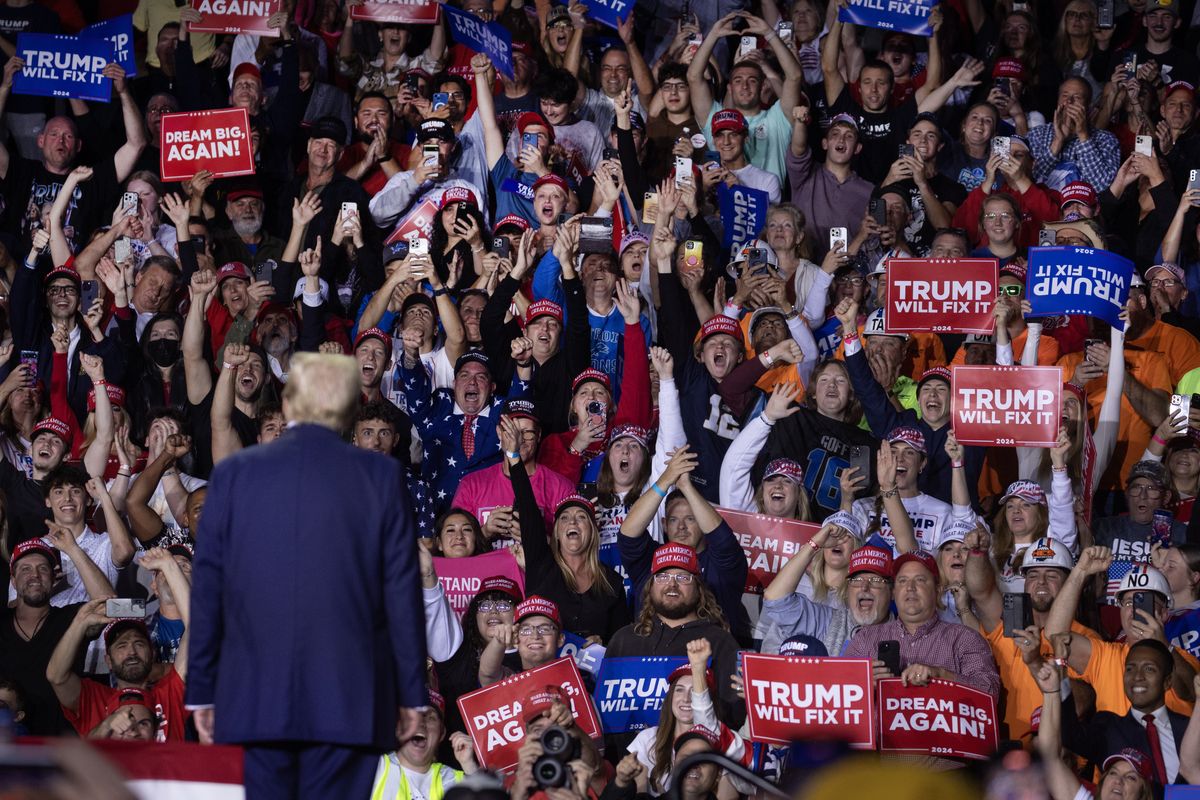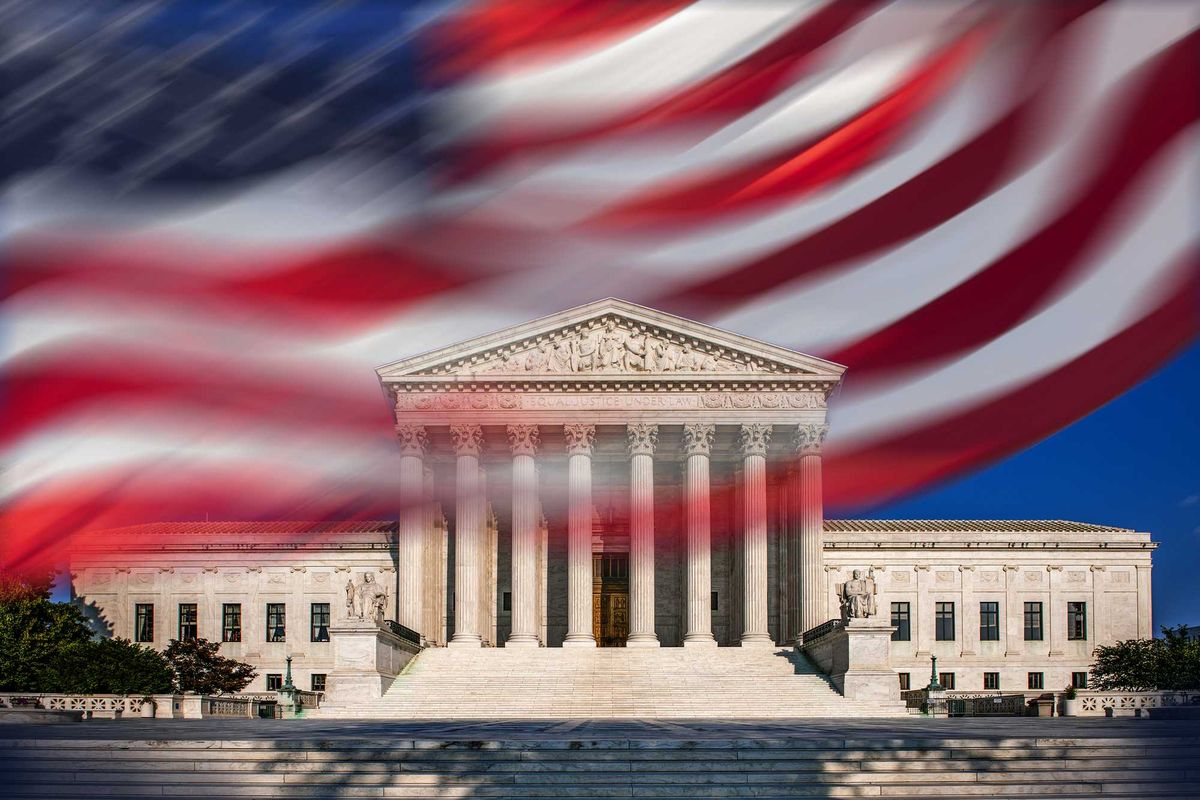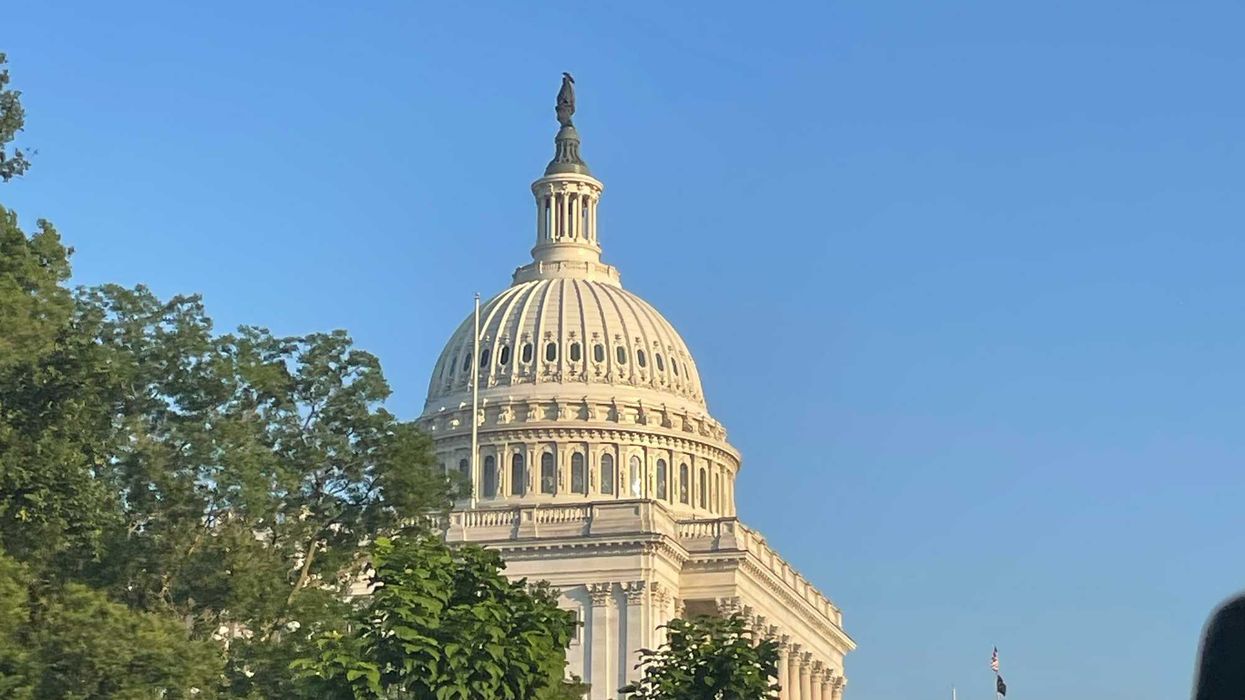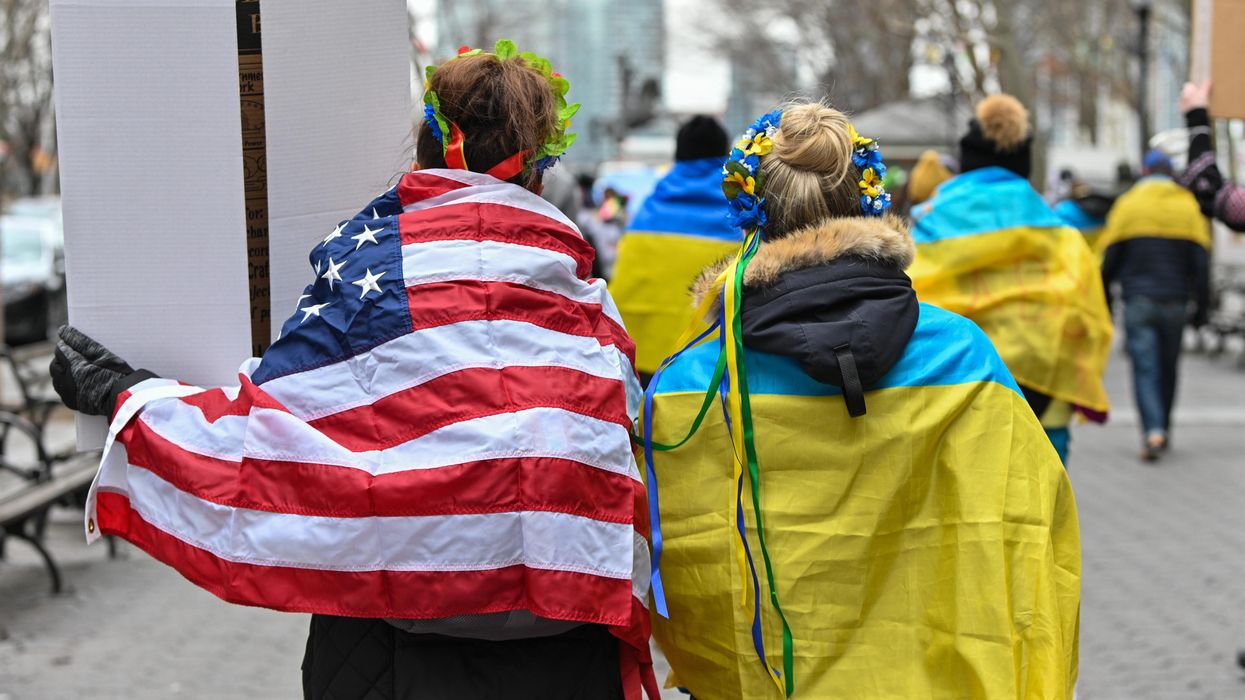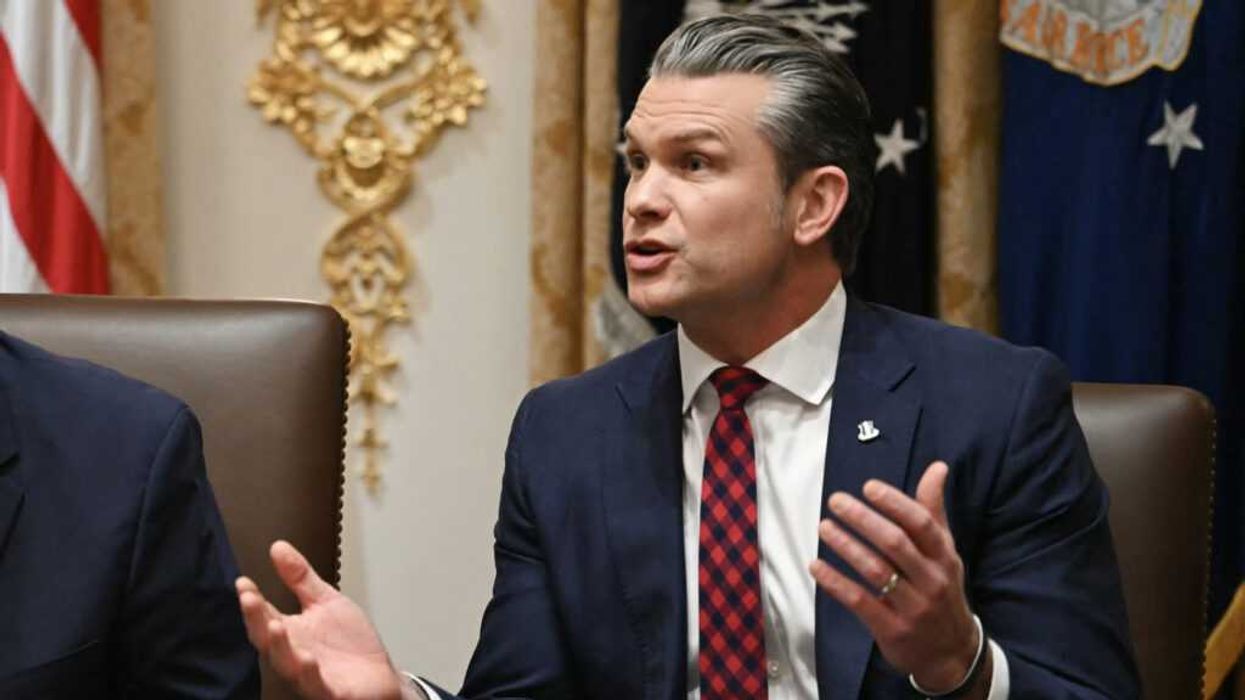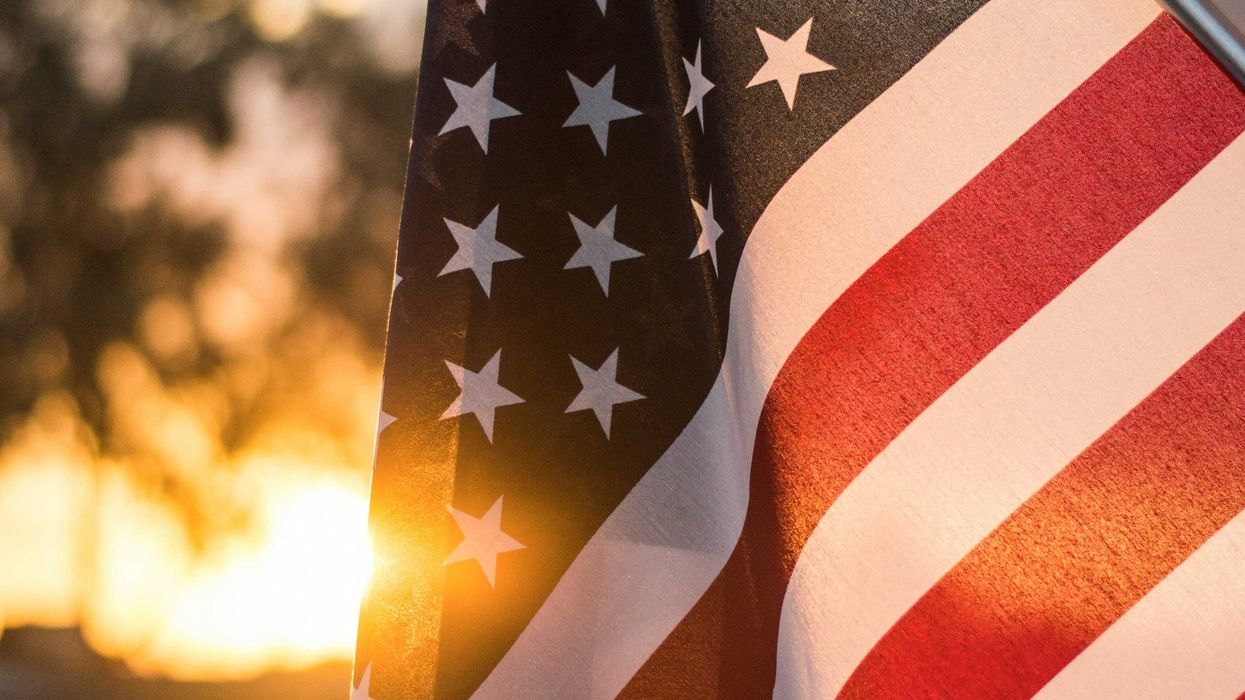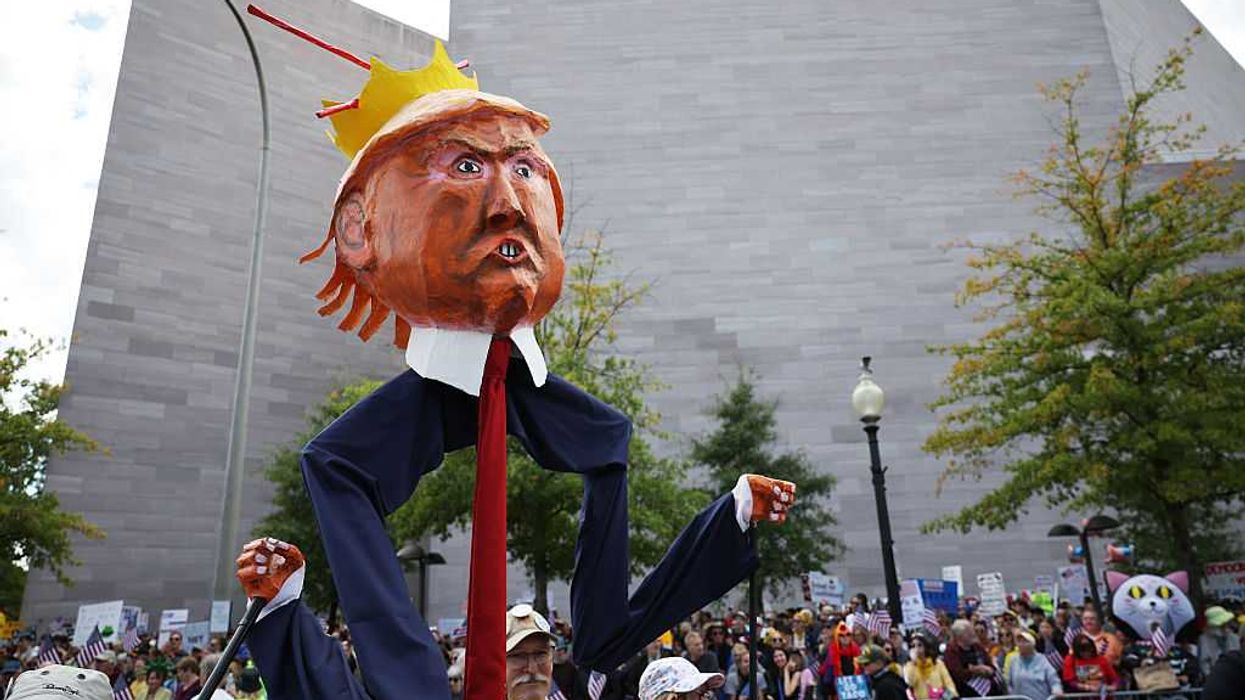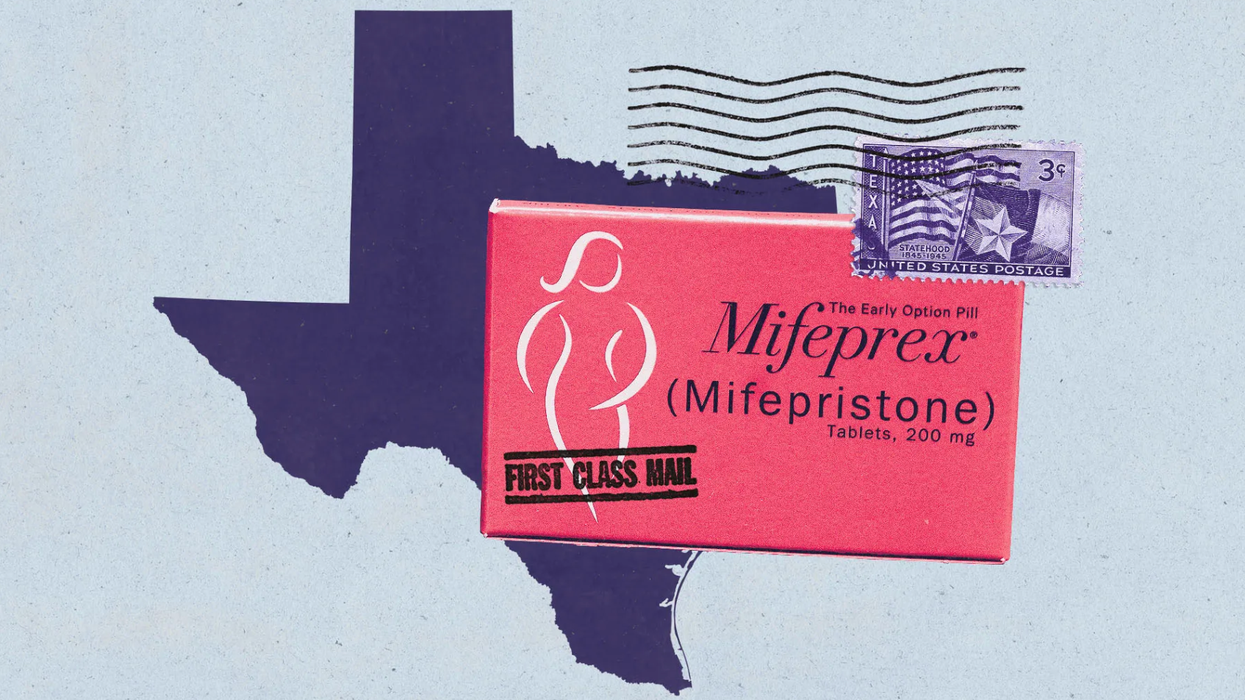A prominent civil rights group garnered headlines last week by detailing how Russia's 2016 election disinformation campaign was focused on highlighting racial tensions. But the National Urban League's report also forcefully argued that widespread voter suppression policies made Russia's efforts easier, and the fine print is a case for enacting almost all the most prominent proposals in the "democracy reform" movement.
The 43rd annual "State of Black America" report, which focuses on a different aspect of African-American life and public policy each year, recommends 11 policy changes to fight what it believes is a "serious threat and sustained attack" on democracy through American politicians' efforts to disenfranchise one-eighth of the electorate.
The group's president, Marc Morial, says the message "to the enemies of democracy is this: We see you. We know what you're doing, and we won't let you get away with it. We will shine a light on these evil deeds."
The report details how black voters were targeted "with surgical precision on social media" by a Russian-based organization called the Internet Research Agency, which reached millions of users across Facebook, Twitter, Instagram and other platforms with messages aimed at dividing America on racial lines.
Recommendations that are high on the to-do list for many "good government" groups address both foreign and domestic challenges to voting rights and election administration, including:
- Eliminating the strictest voter ID requirements.
- Permitting automatic voter registration, online registration and same-day registration.
- Restoring voting rights to felons after completing their sentences.
- Requiring paper verification of ballots as a check on computer tampering.
- Ending systems that too aggressively purge voter rolls.
Some of the more ambitious items on the Urban League's wish list are:
- Rewriting the Voting Rights Act to revive requirements that jurisdictions with histories of racial discrimination get preclearance from Washington before changing any election rules.
- Making it illegal to distribute false information designed to dissuade certain groups from voting.
- Giving statehood (and thereby full-fledged seats in Congress) to Washington, D.C.
- Persuading states to award their electoral votes to the national popular vote winner.


